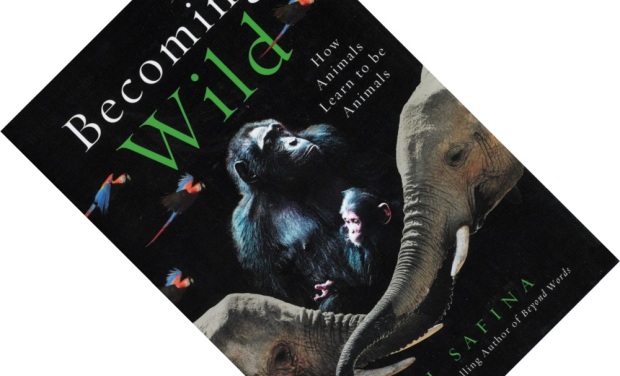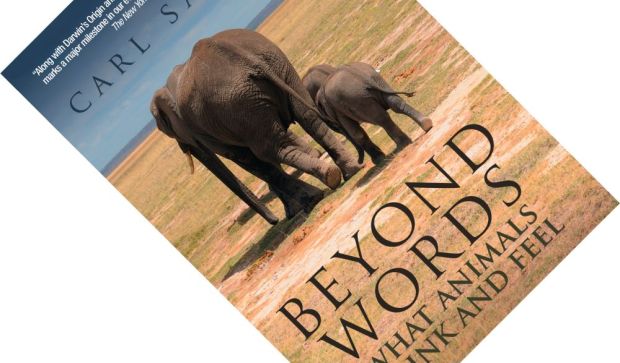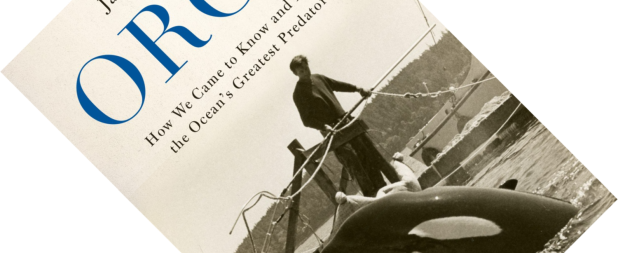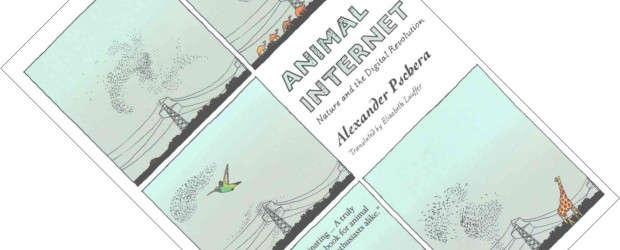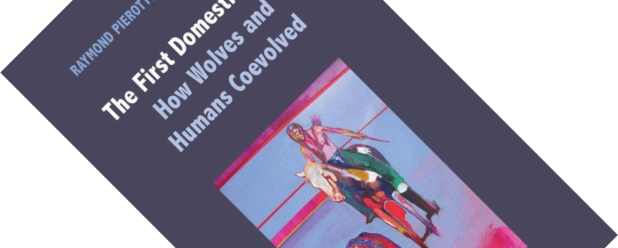If there is one group of animals that Steven Spielberg has not done a favour, it must be sharks. Already feared as a dangerous predator in an environment where humans are not in their element the 1975 movie Jaws drove this fear to stratospheric heights and painted a portrait of these fish as ruthless man-eating monsters. Browse any selection of books on sharks, and you’re likely to see photos of a breaching great white, jaws agape. Many people are not happy with this Jaws effect (see for example Lindsay Abrams’s post on Salon or Marc Lapadula’s piece on Screenprism), and this lingering fear even affects policymakers (see Christopher Neff’s article in the Australian Journal of Political Science). Tobey Curtis provides an interesting counter note to this sentiment on The Fisheries Blog, also pointing out how – ironically – Peter Benchley, author of the book on which Spielberg based his movie, was actually an advocate for shark conservation (see his book Shark Trouble). As a side-note, shark attacks have happened for as long as human have entered the sea, though have long been poorly documented – Richard Fernicola’s Twelve Days of Terror: Inside the Shocking 1916 New Jersey Shark Attacks is a bit of an exception.
This, by way of a short introduction, brings us to the current book: Chapman’s Shark Attacks. The problem with shark attacks is that they are a bit like plane crashes: low-probability, high-impact events. You’re not likely to experience either, but when you do, the results can be disastrous. And thus we fear both flying and sharks.
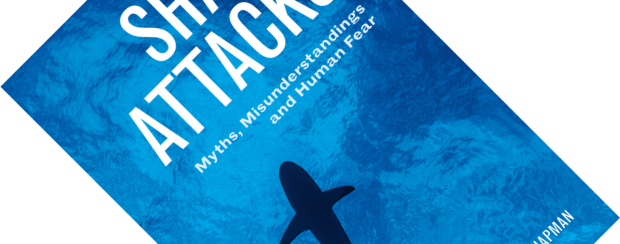 (more…)
(more…)

